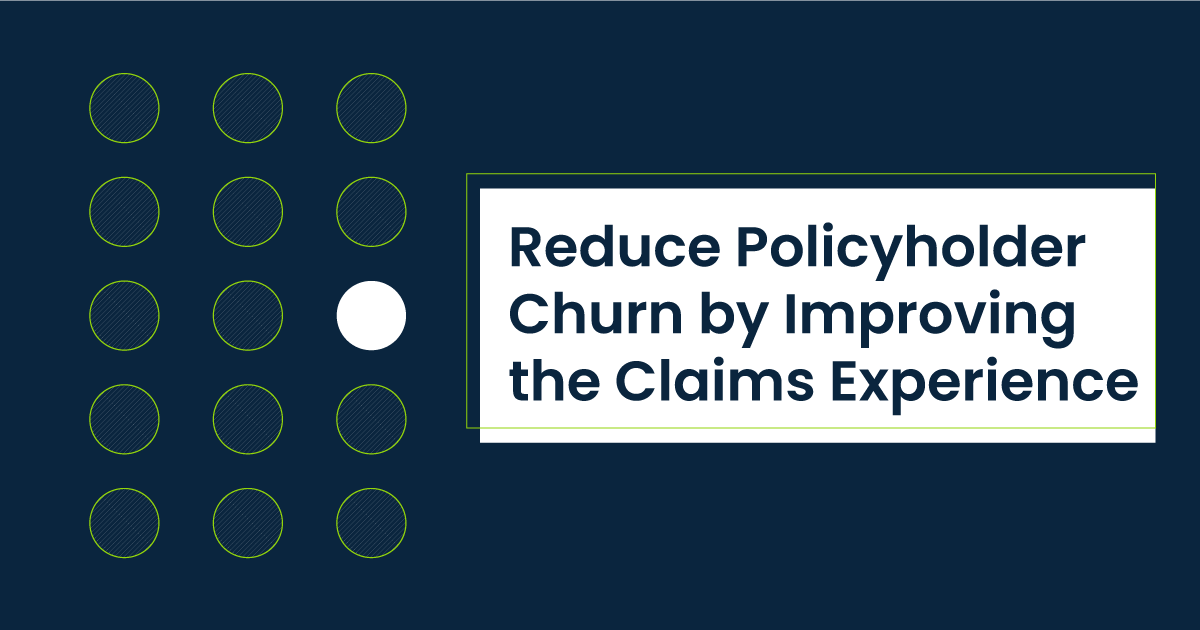It's easy to understand the value of bringing in new business. But what about your existing customers? Are they getting the same level of attention as your prospects? If not, it's probably time to rethink your strategy.
The Importance of Customer Retention
New sales may get all the glory, but your current customers have even more power to affect your bottom line. If you stick with the traditional "on to the next!" approach, you risk leaving money on the table (in the form of upsell opportunities) and loosing those policyholders you worked so hard to win over in the first place.
When deciding where to allocate your resources - customer acquisition or customer retention - consider the following:
- Increasing customer retention rates by 5% can increase overall profits by 25 to 95%.
- The success rate of selling to an existing customer is 60 to 70%, while the success rate of selling to a new customer is 5 to 20%.
Clearly, there needs to be some balance between building your books and maintaining a customer-first focus.
To increase customer retention, insurers should concentrate on the most impactful touch-points in the customer journey. Claims provide the perfect opportunity. According to a recent EY study (Claims in a Digital Era), 87% of policyholders reported that the claims experience significantly impacts their decision to remain with their current insurance provider.
Improving Claims
By its very nature, filing and pursuing a claim is emotionally taxing for policyholders. It is also time-consuming and labor intensive for insurance professionals. As such, there is a greater potential for discontent (and flight risk) than your average interaction.
To improve the claims experience and build a more personal, long-term relationship with policyholders, insurers should:
1. Automate scalable processes. While the individual details vary, key elements of most claims, such as the First Notice of Loss (FNOL), assignment, investigation, and subrogation, involve similar core processes. To improve and shorten the lifecycle of a claim, begin by assessing your current operations, and identify any repetitive and rule-based tasks that don't necessarily require the human touch to achieve a positive outcome.
Digital processes benefit both insurers and policyholders by reducing typical points of friction between FNOL and settlement. By automating your organization's more tedious processes, your team will have more time and resources to dedicate to the unique needs of each claimant.
2. Become a single point of contact. The last thing a policyholder wants after a loss is to be passed between insurance companies, agents, adjusters, inspectors, or a dozen other contacts just to get the answers they need. Being bounced from one source to another (to another) can frustrate even your most loyal customers.
Convey to your clients that you will be their advocate. Their single point of contact throughout the claims process – from start to finish. If you can’t do it yourself, assign a point person to ensure timely follow up calls, emails, and/or texts. Take this opportunity to help facilitate forms, reports, adjuster information, etc. By providing ongoing reassurance and support, you demonstrate that you value your clients.
3. Digitize claims payments. A common misconception among consumers is that insurance companies purposely drag their feet when it comes to paying a claim. Time delays in the claims process - particularly when it comes to issuing payments - can be a significant source of policyholder dissatisfaction. For this reason, many insurers are taking advantage of digital payment processing solutions built specifically for disbursing insurance claims.
Speed of settlement is a top priority for 95% of policyholders going through a claim, so expediting the payment is your most direct route toward customer satisfaction. Additionally, digital claims payments significantly reduce the incidence of human error, and completely eliminate the risk of check fraud.
The insurance industry is highly competitive, and policyholders have more options at their fingertips than ever before. By combining digital claims solutions with a more customer-centric approach to claims processing, insurers can create a more personal relationship with policyholders, improve the claims experience, and ultimately reduce churn.
Learn how the One Inc Digital Payments Platform can help you improve retention and persistency through digital claims payments.

You might also be interested in:
Mission Critical: Customer Retention vs. Acquisition in Insurance - Part 1
Mission Critical: Customer Retention vs. Acquisition in Insurance - Part 2
Speed Matters: 3 Reasons Why Faster Claims are Better for Insurers




